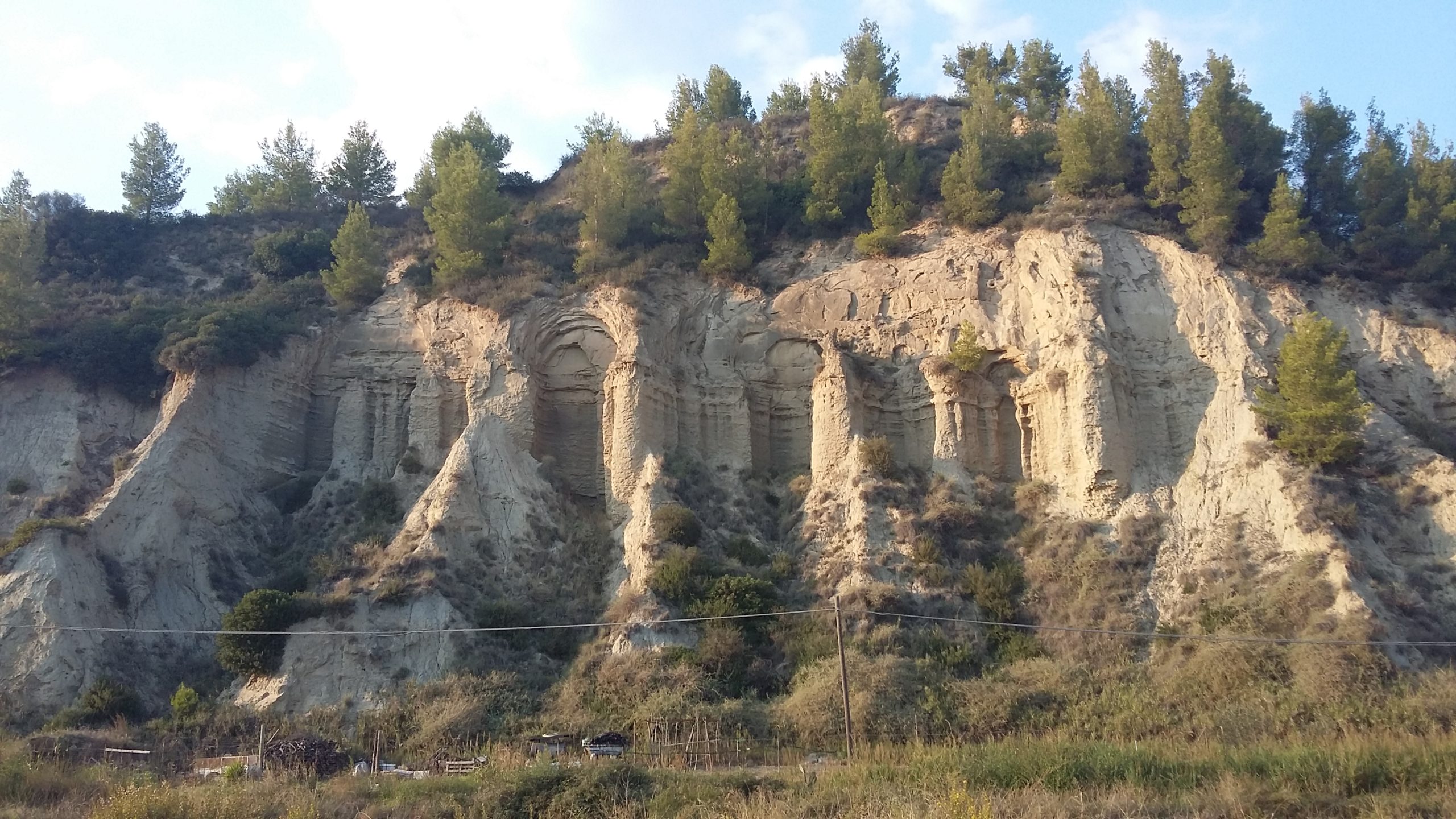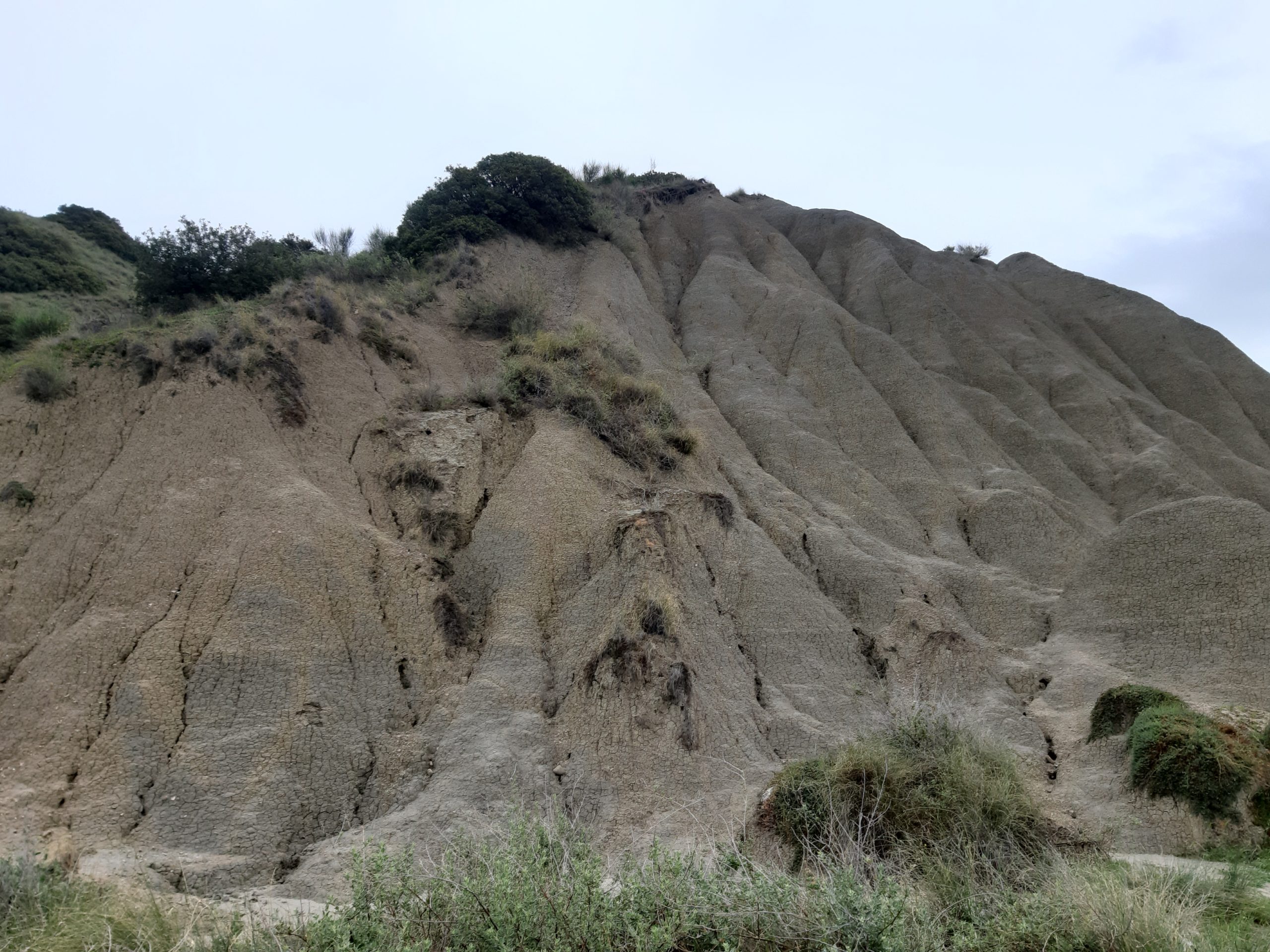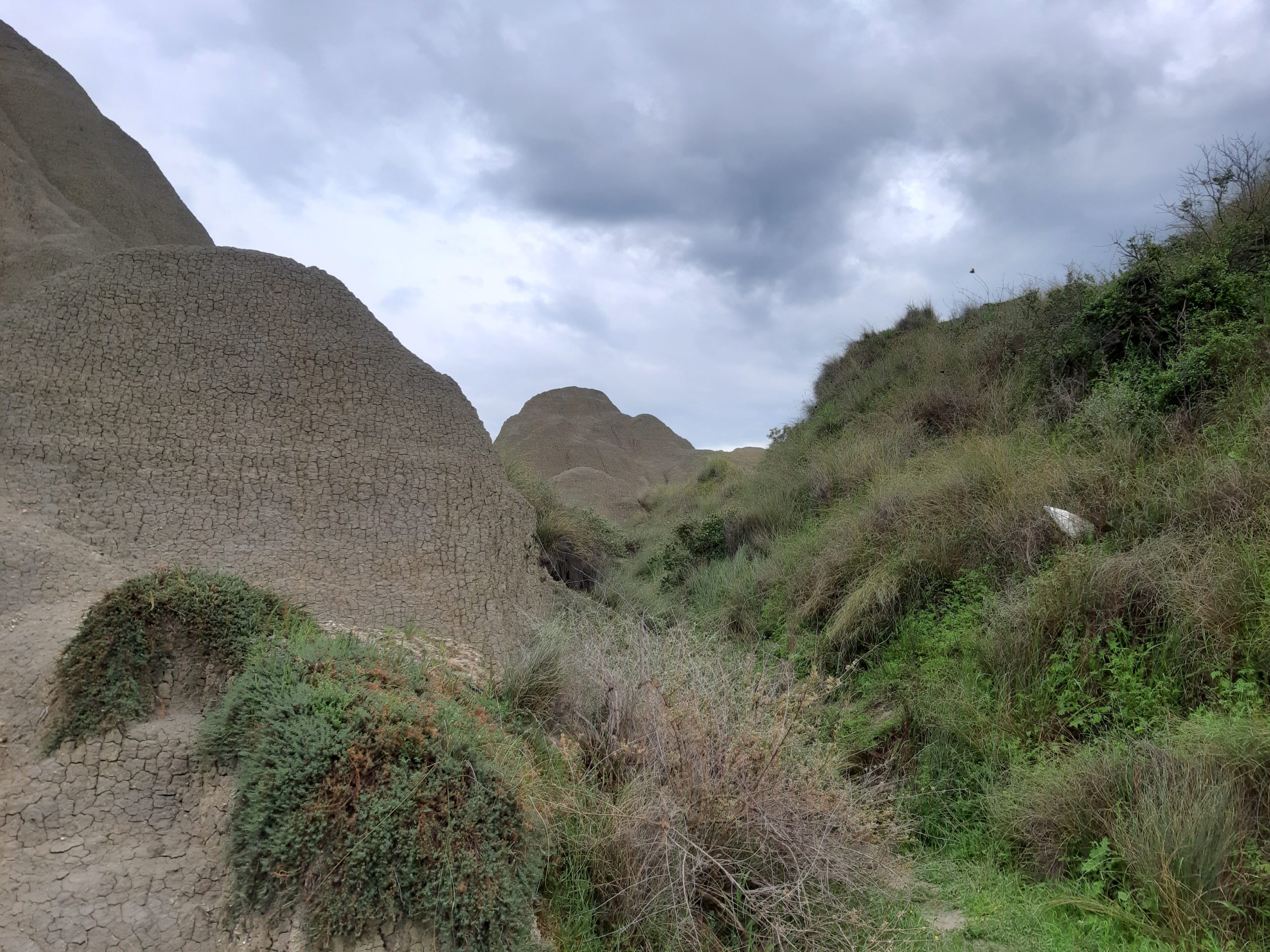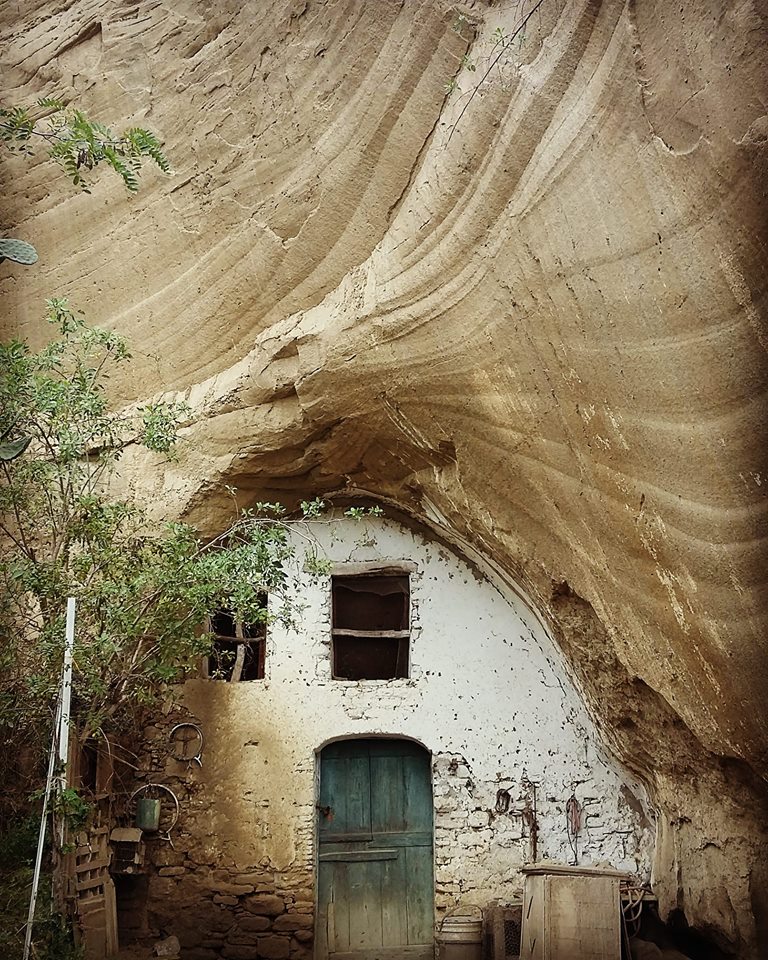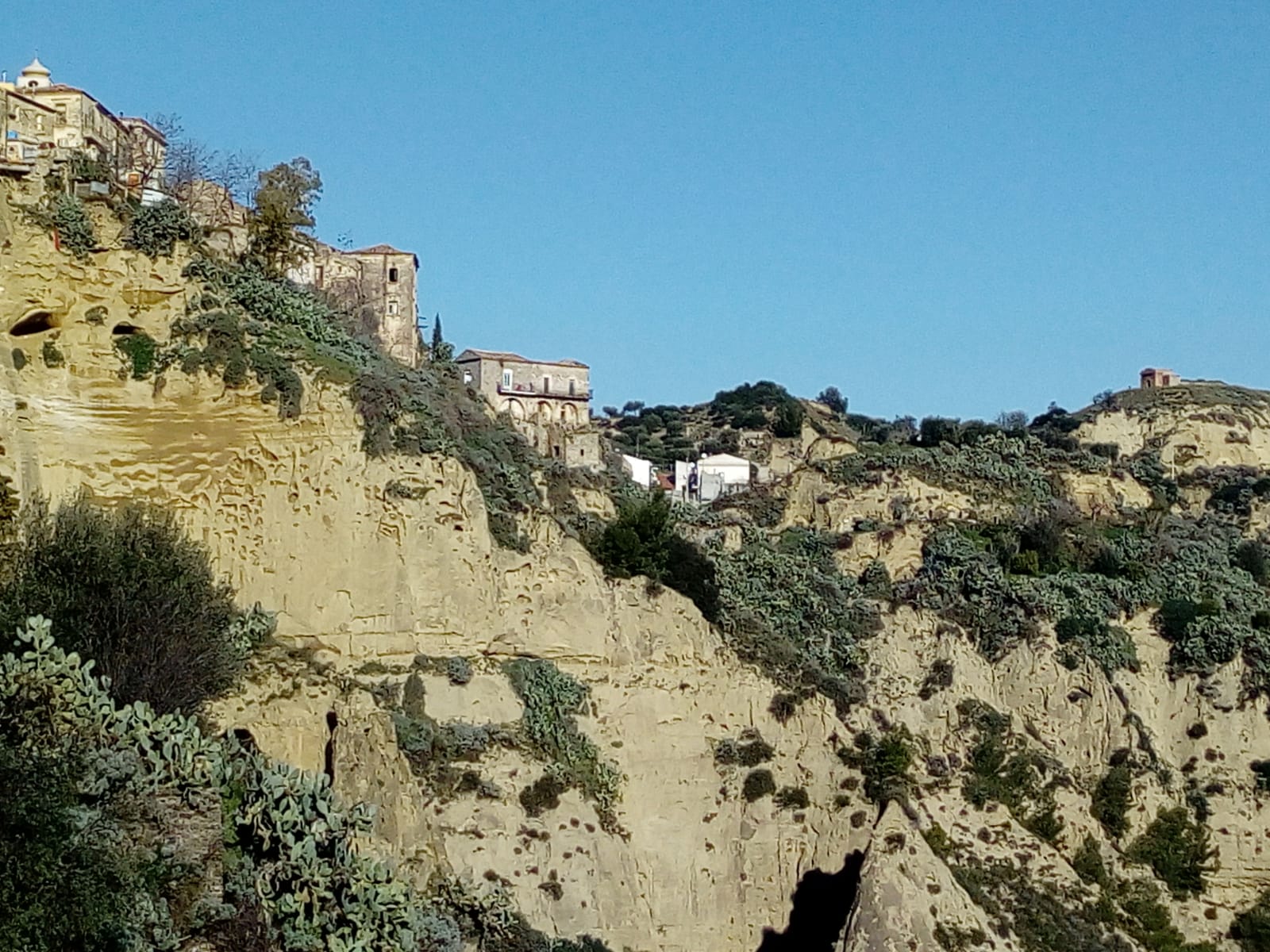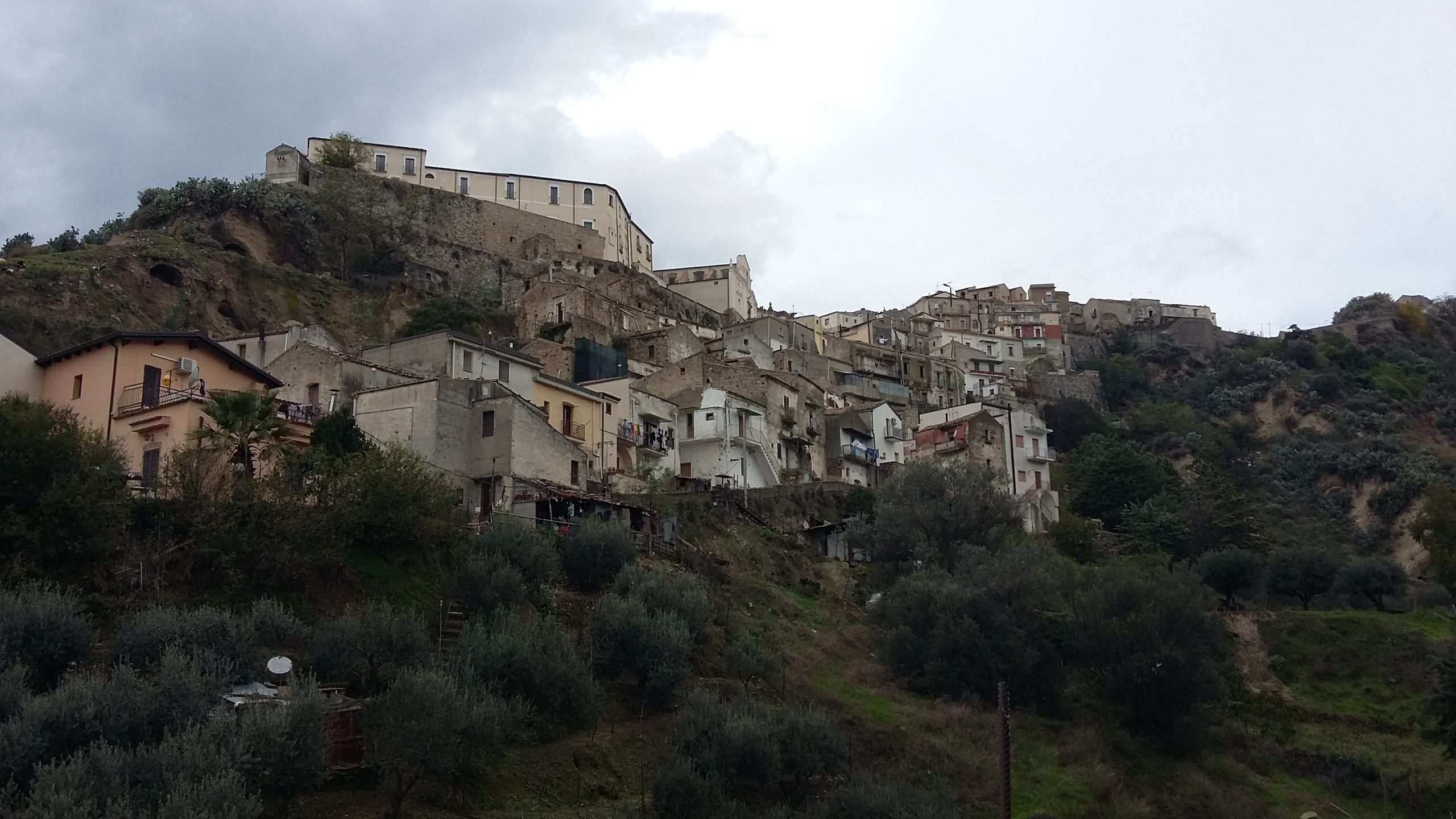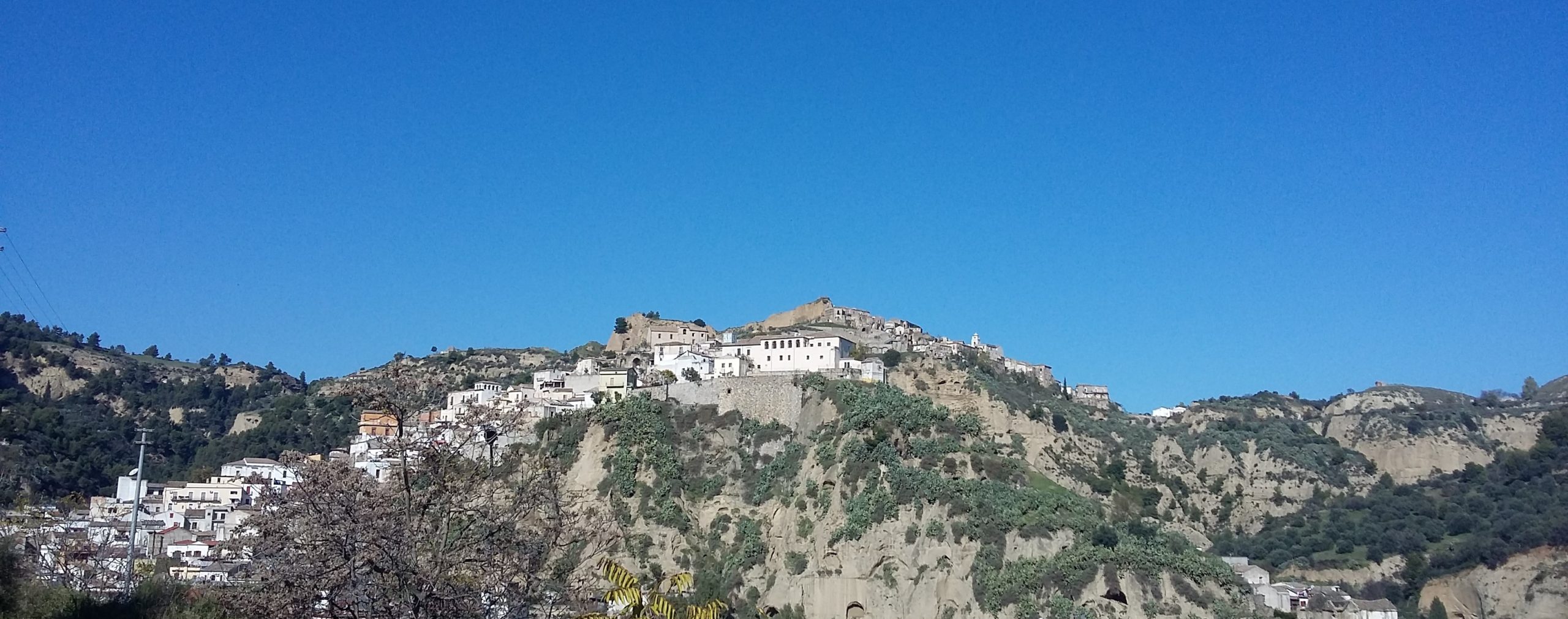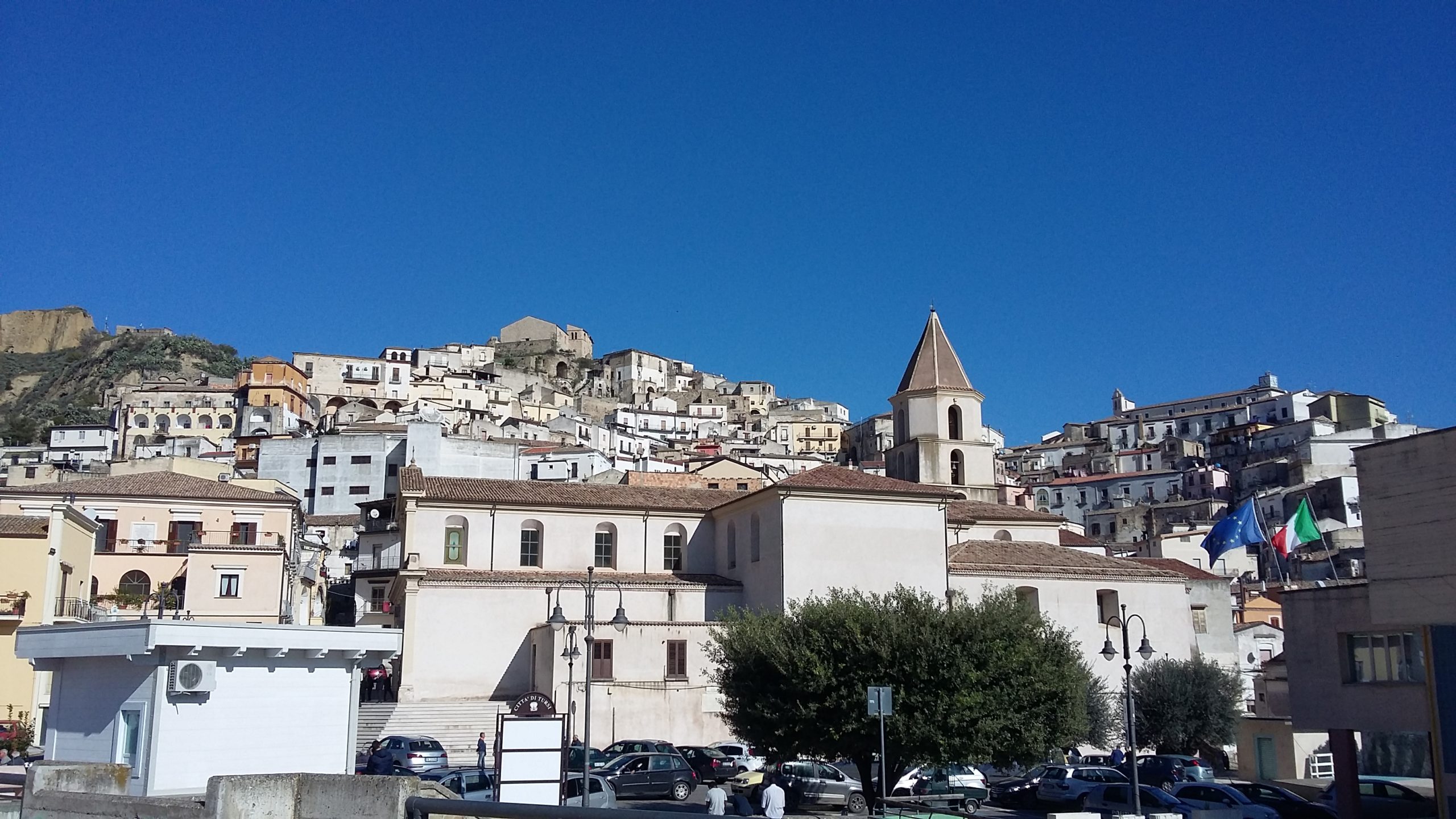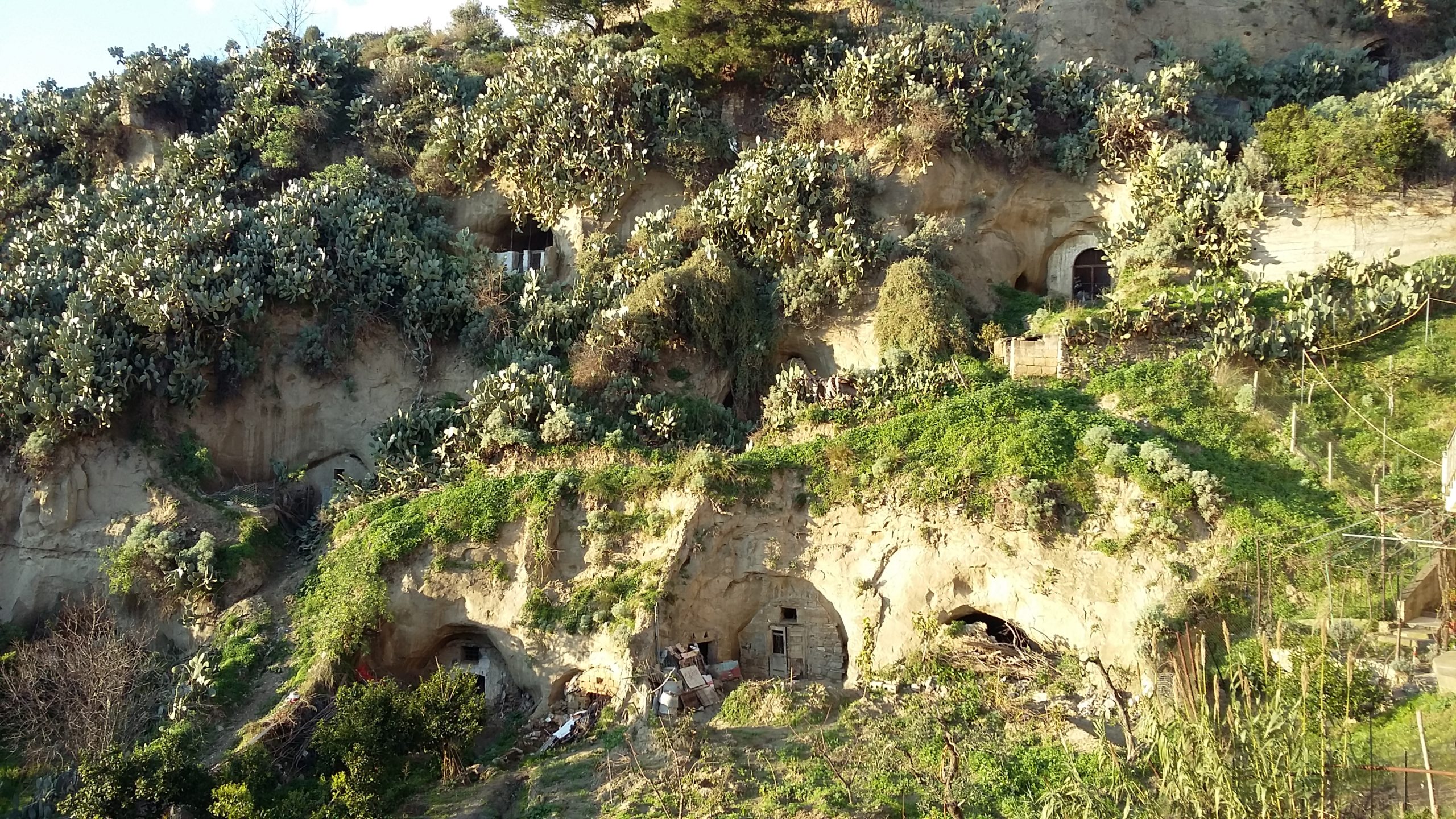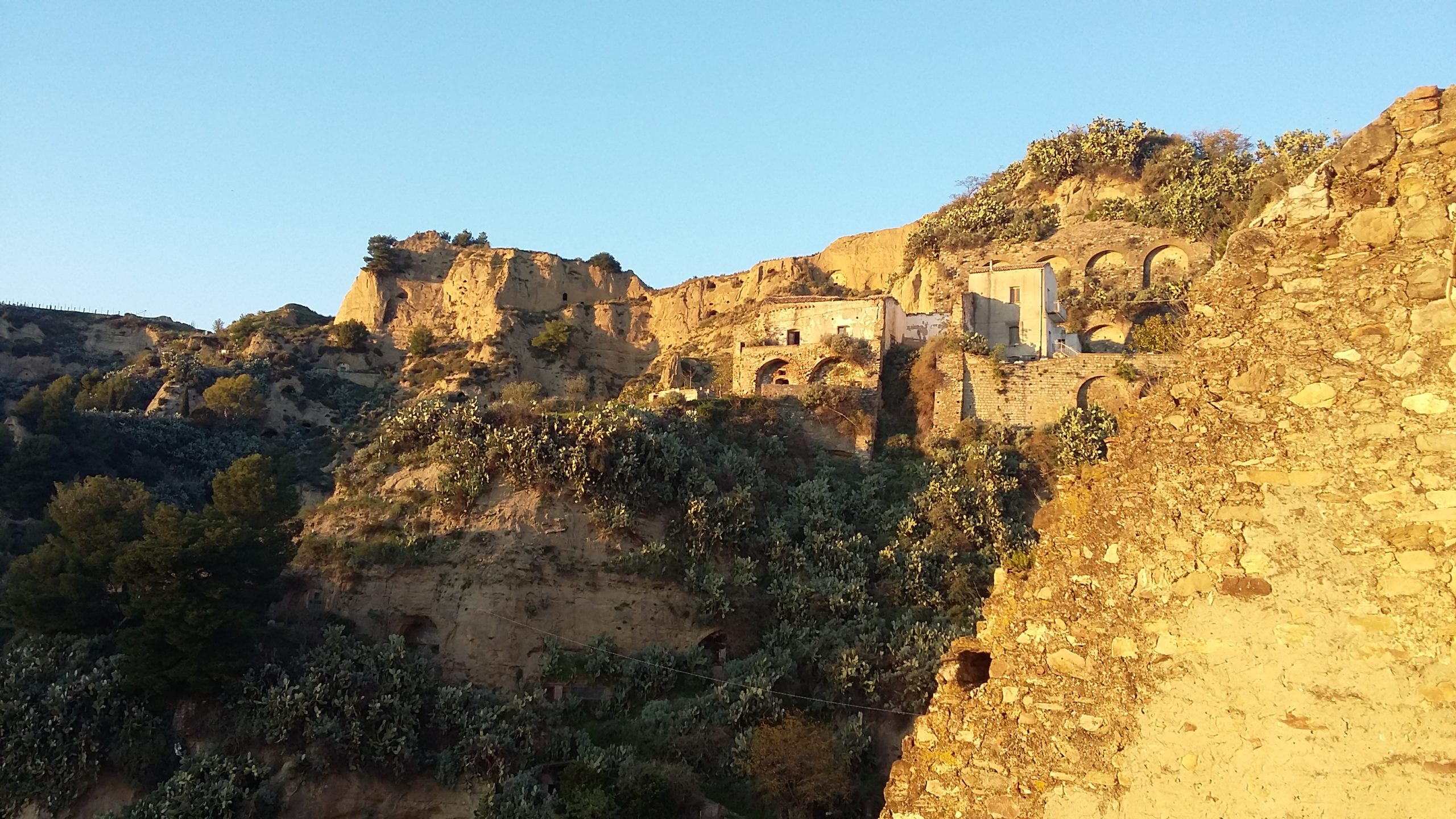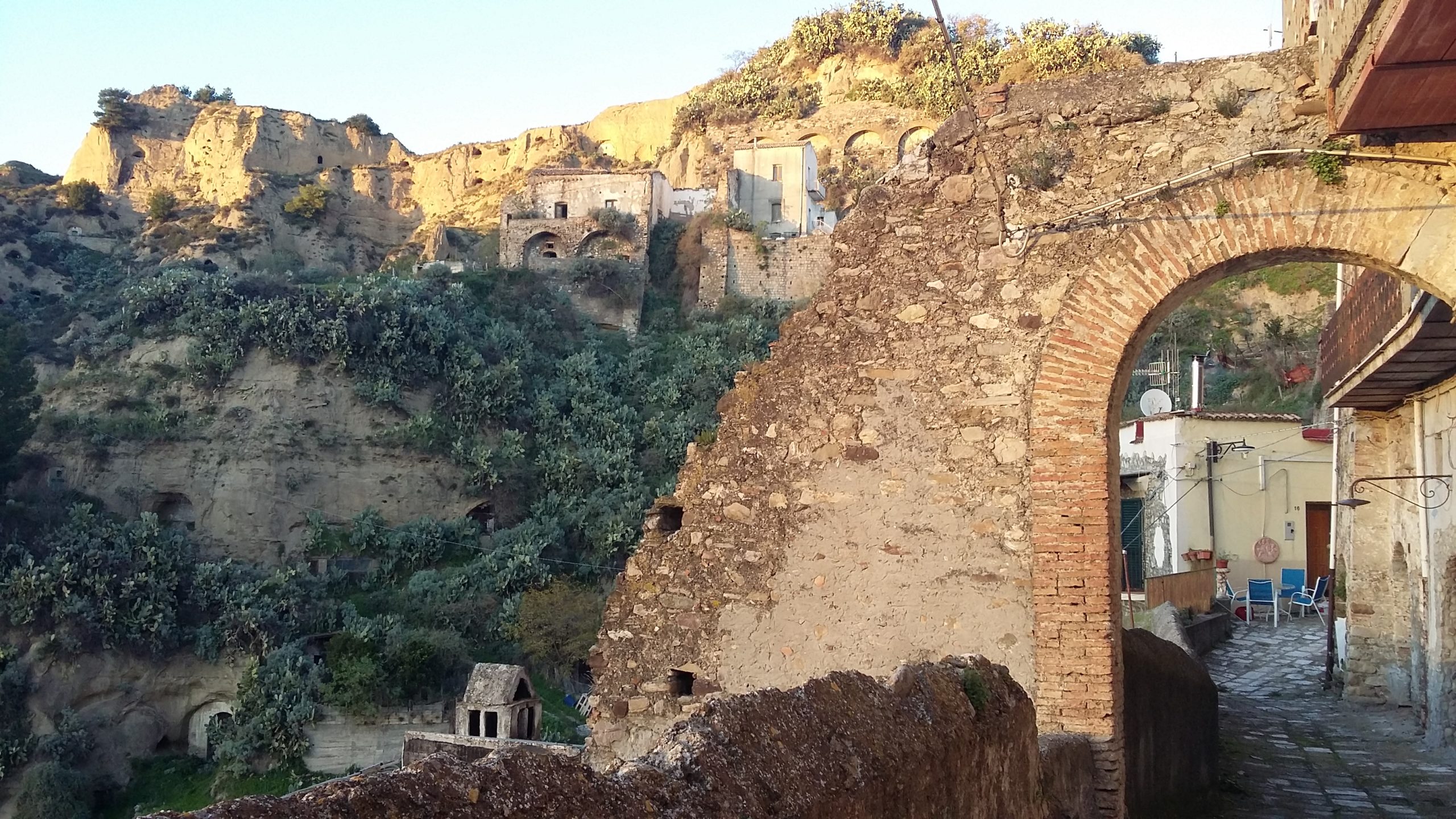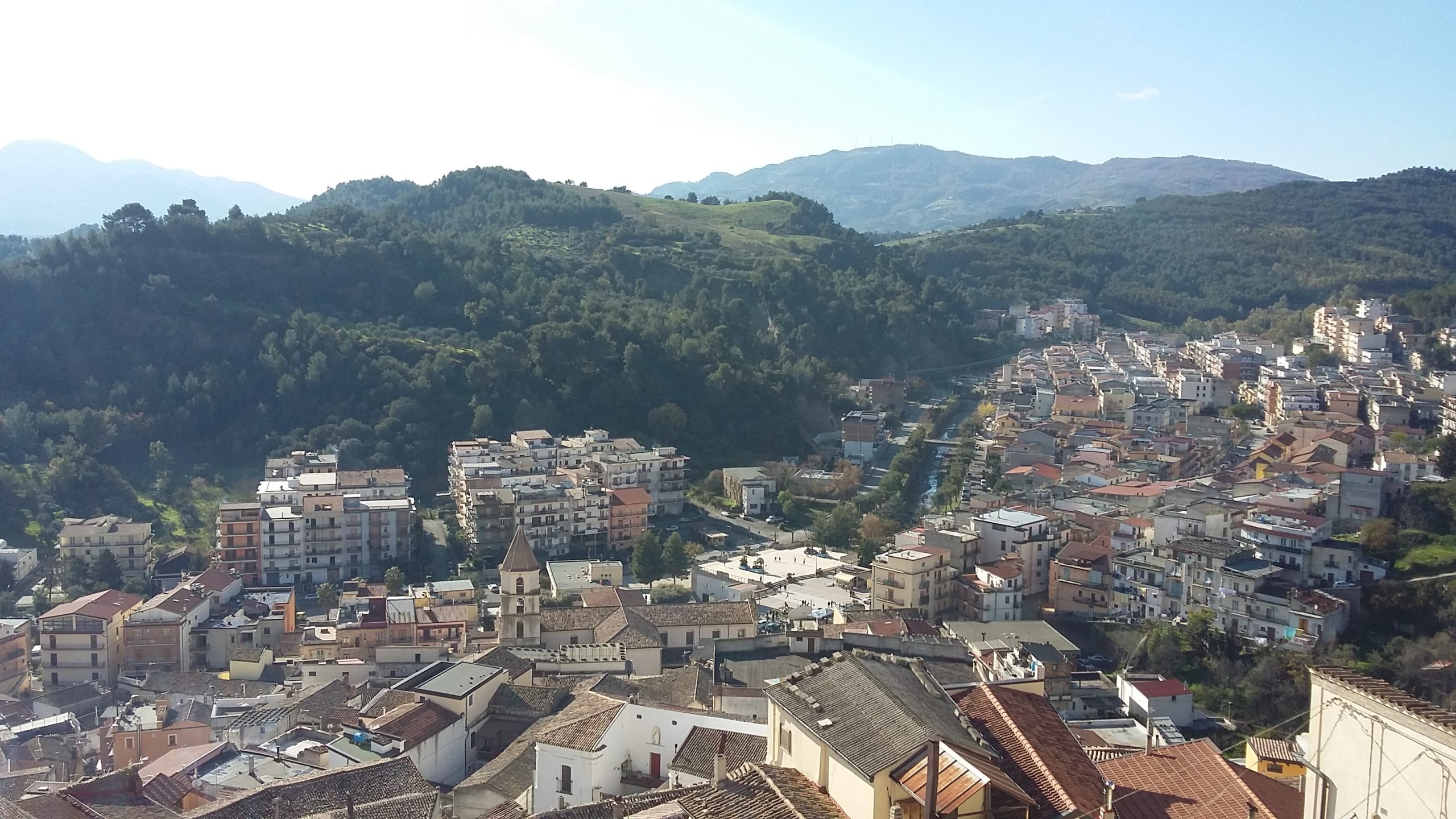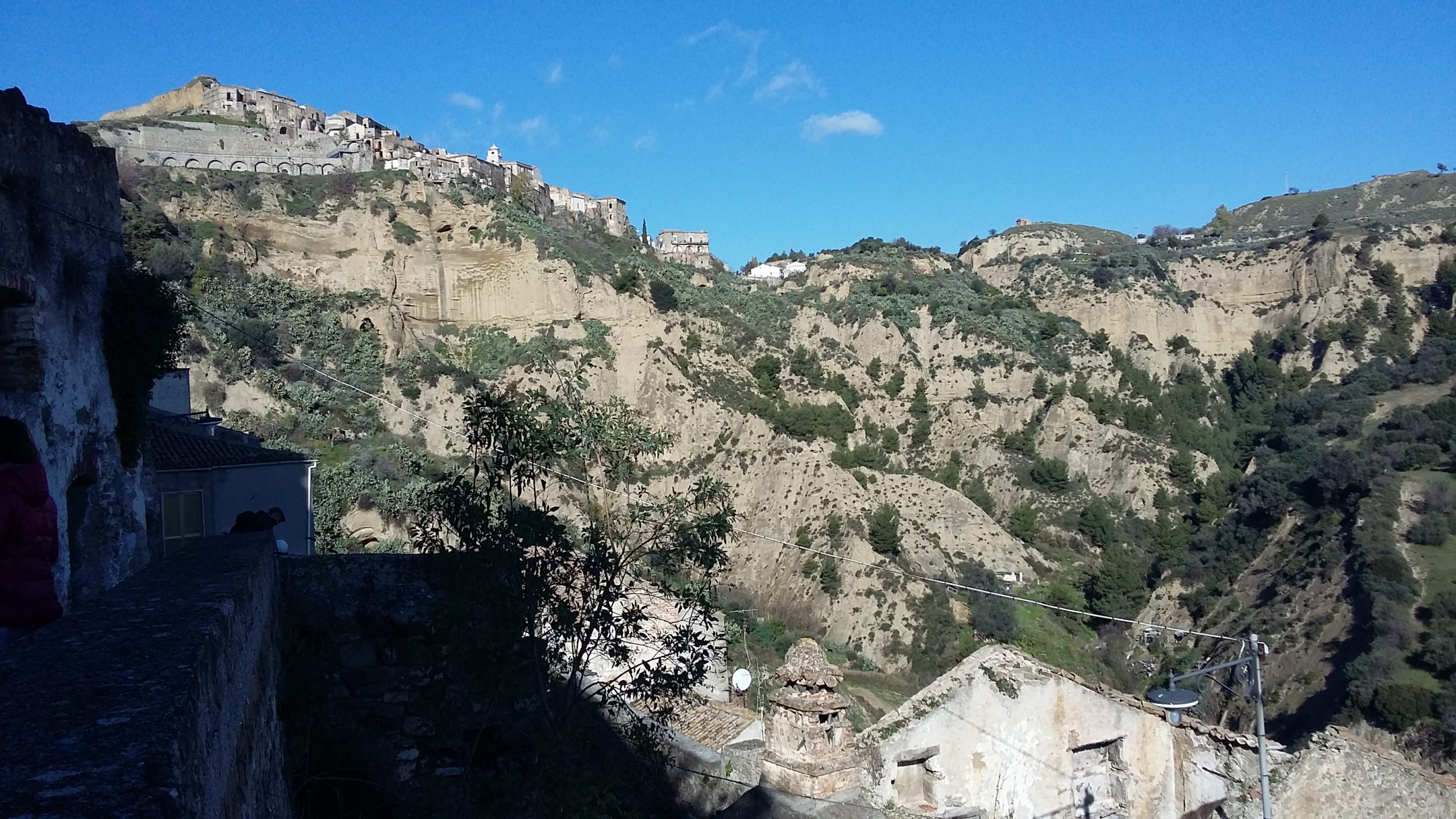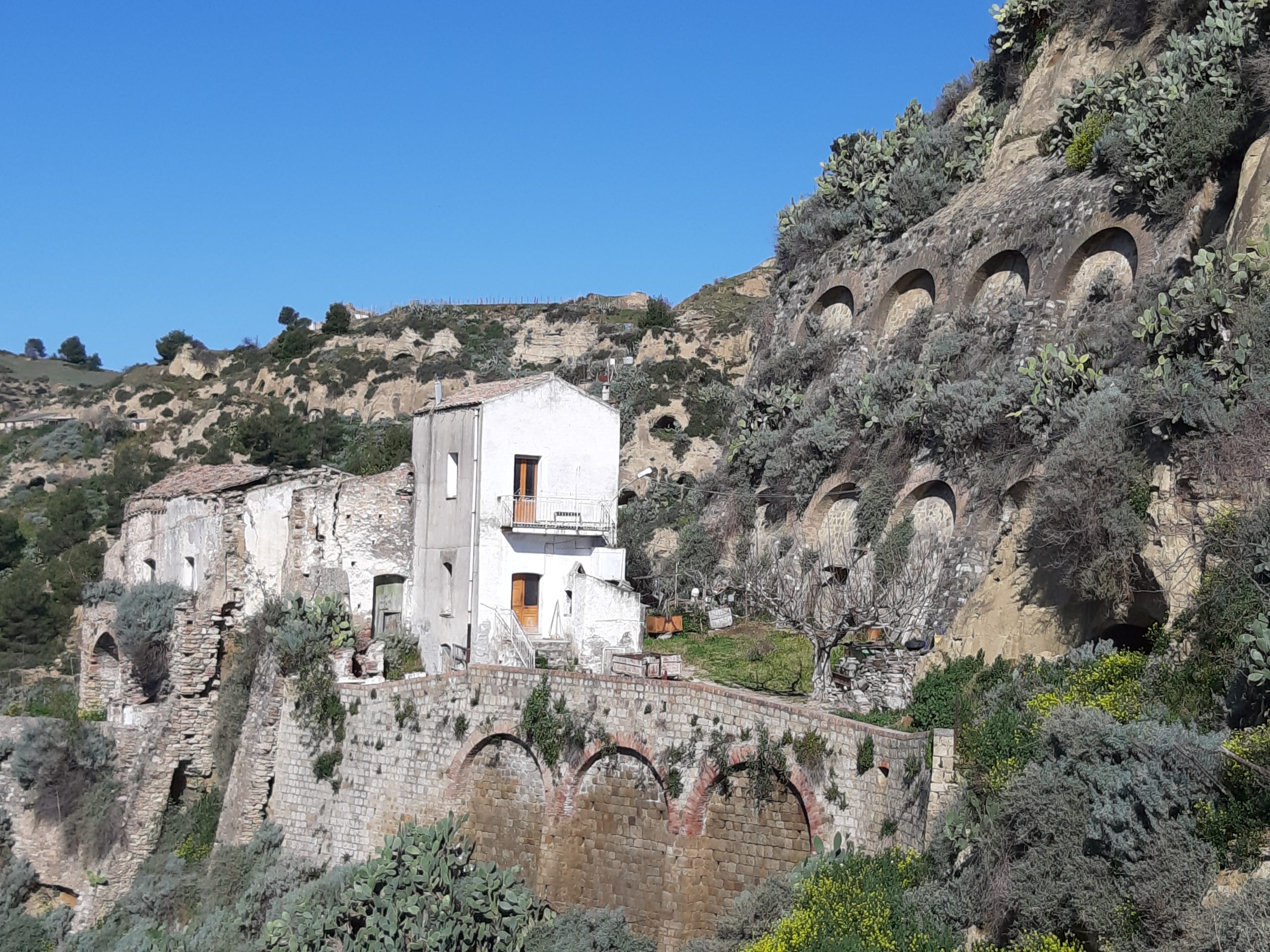Tursi e la sua storia
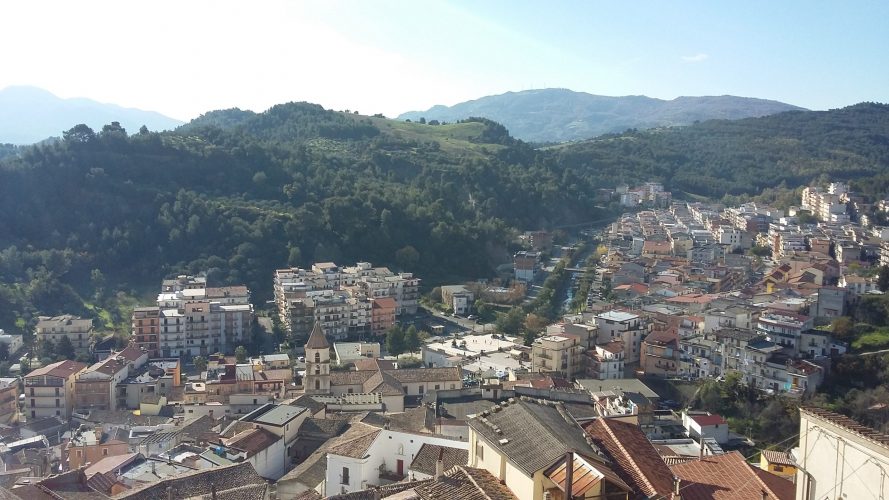
Tursi is located in the immediate Ionian hinterland, at the southern edges of the Metapontina plain, in direct connection with the coast and, through the valleys of the Agri and Sinni river basins, with inland areas. This strategic position, in control of important routes and transhumance of the flocks, has favored human settlement since the Eneolithic age. Significant traces reach us from the Bronze Age, from the necropolis of Rabatana. In the Iron Age the site of Pandosia, located on the hill of Anglona, became central: an important Enotrio center, whose graves gave us an invaluable heritage in quantity and quality. An opulence favored by commercial relations with the Greek sailors who in 675 a.c. they will settle at the mouth of the Sinni and found the colony of Siris. The agro-pastoral structure given to the territory by the Greek colonists and the enotria populations will remain unchanged with the foundation of Heraclea (433 a.c) and for the whole Roman period. It will be the Gothic war in the 6th century. to upset these systems of life, and to force the population of the territory to re-entrench themselves on the summit of Rabatana. Won the war the Byzantines make stable the occupation of this strategic point that they will defend from the Longobard invasion.
A boost to the development of the kastron comes from the second Byzantine expedition (880), which with the reconquest of the South generates an influx of monks and peoples fleeing religious persecution and Arab domination in Sicily. This cultural amalgamation and the absence of conflicts for about 150 years will determine the economic and cultural development of the area subjected to Byzantium, as well as the establishment of the Thema of Lucania, the administrative unit of which Tursi becomes capital. The characteristic feature of the Tursitan "Koinè" is born, its function as a hinge between East, West and Northern Europe. The amalgamation of Byzantines, Lombards, Arabs and Normans has profoundly characterized its culture and, even today, we can inherit its heritage in monuments, toponyms, language, customs, customs and agricultural production still maintained in the community. The Byzantines were followed by the Normans, who during the 12th century they try to move the center of gravity of the territory back to the Anglona hill, building up the majestic Cathedral and transposing the Bishop's Gate there. The Tursi-Anglona dualism will be resolved in the 14th century, when a devastating fire will cause the definitive abandonment of the city. Tursi, at this point, becomes one of the most important centers in the region. Rich in churches, convents and noble palaces, it reached the height of its development, definitively sanctioned with the return of the Bishop's Chair in the city in 1545. For the whole of 1600 the great families continue to build churches, palaces and large farms in the countryside, thus expressing their power and fortune and obtaining the urbis form that the historic center will maintain until today.
Tursi è posta nell’immediato entroterra jonico, ai margini meridionali della pianura Metapontina, in collegamento diretto con il litorale e, attraverso le valli dei bacini fluviali dell’Agri e del Sinni, con le zone interne. Questa posizione strategica, a controllo di importanti assi viari e di transumanza delle greggi, ha favorito lo stanziamento umano sin dall’età Eneolitica.
Notevoli tracce ci giungono dall’ Età del Bronzo, dalla necropoli della Rabatana. Nell’età del Ferro acquista centralità il sito di Pandosia, situato sul colle di Anglona: un’importante centro Enotrio, le cui sepolture ci hanno restituito un patrimonio inestimabile in quantità e qualità. Un’ opulenza favorita dai rapporti commerciali con i marinai greci che nel 675 a.c. si stabiliranno alla foce del Sinni fondando la colonia di Siris. La strutturazione agro- pastorale data al territorio dai coloni Greci e dalle popolazioni enotrie si manterrà inalterata con la fondazione di Heraclea (433 a.c) e per tutto il periodo Romano. Sarà la guerra Gotica nel VI sec. a sconvolgere questi sistemi di vita, e a costringere la popolazione del territorio a ri-arroccarsi sulla sommità della Rabatana. Vinta la guerra i Bizantini rendono stabile l’occupazione di questo punto strategico che difenderanno dall’invasione longobarda.
Una spinta allo sviluppo del kastron viene dalla seconda spedizione bizantina (880), che con la riconquista del Meridione genera un afflusso di monaci e genti in fuga da persecuzioni religiose e dalla dominazione Araba in Sicilia. Tale amalgama culturale e l’assenza di conflitti per circa 150 anni determineranno lo sviluppo economico e culturale del territorio sottoposto a Bisanzio, nonché all’ instaurazione del Thema di Lucania, l’unità amministrativa della quale Tursi diviene capitale. Nasce il tratto caratterizzante la “Koinè” tursitana, la sua funzione di cerniera fra Oriente, Occidente e Nord Europa. L’ amalgamarsi di Bizantini, Longobardi, Arabi e Normanni ne ha caratterizzato profondamente la cultura e, ancora oggi, possiamo coglierne l’eredità in monumenti, toponimi, lingua, usi, costumi e produzioni agricole ancora mantenute nella comunità.
Ai Bizantini seguono i Normanni, che nel corso del XII sec. tentano di spostare il baricentro del territorio di nuovo sul colle di Anglona, edificandovi la maestosa Cattedrale e traslandovi la Cattedra Vescovile. Il dualismo Tursi- Anglona si risolverà nel XIV sec., quando un devastante incendio provocherà il definitivo abbandono della città. Tursi, a questo punto, diviene uno dei centri più importanti della regione. Ricca di chiese, conventi, palazzi nobiliari raggiunge l’apice del suo sviluppo, sancito definitivamente con il ritorno in città, nel 1545, della Cattedra Vescovile. Per tutto il 1600 le grandi famiglie continuano l’edificazione di chiese, palazzi e di grandi masserie nell’agro, manifestando così il proprio potere e la propria fortuna ed ottenendo la forma urbis che il centro storico manterrà sino ad oggi.
